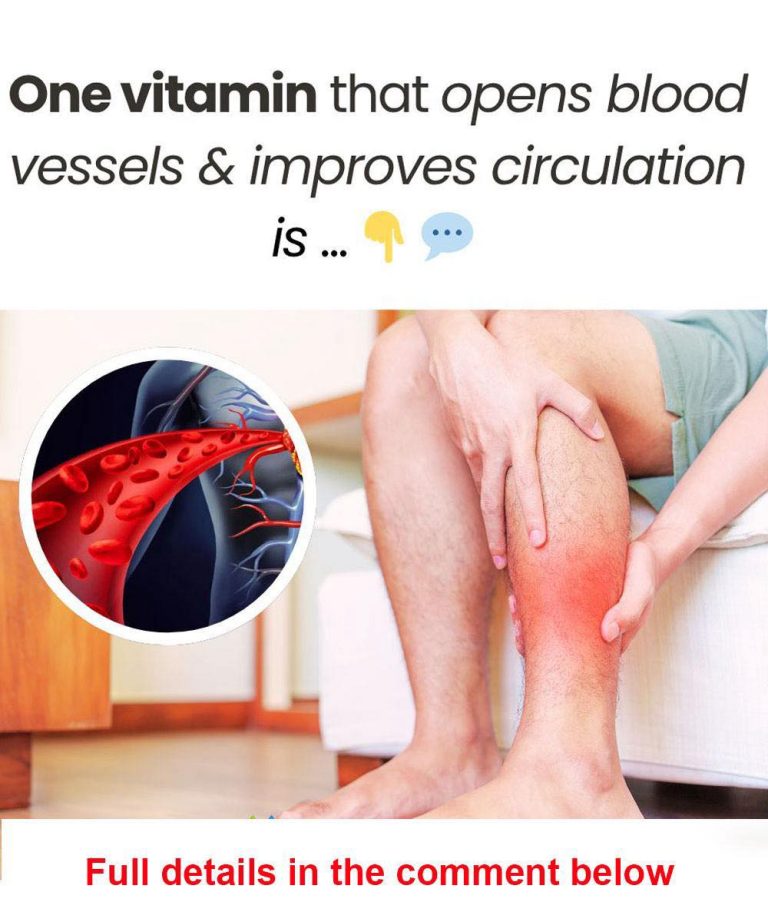Other Essential Vitamins That Help Blood Circulation
While Vitamin B3 is a top choice for poor circulation, it works best when part of a well-rounded approach that includes other vitamins to improve blood flow. Here are several other key nutrients that can support your vascular health and keep your legs feeling better:
1. Vitamin E – The Blood Flow Booster
Vitamin E is a powerful antioxidant that protects your blood vessels and encourages the smooth flow of red blood cells. It can help prevent the formation of clots and ease leg cramps or heaviness that comes with poor circulation. Many seniors find that adding Vitamin E to their routine brings relief from nighttime leg discomfort.
2. Vitamin C – The Vessel Strengthener
Vitamin C is known for its immune-boosting powers, but it also helps build collagen, a vital protein that keeps your blood vessel walls strong and flexible. This vitamin also reduces inflammation, which can stiffen arteries and restrict circulation. A healthy dose of Vitamin C may help your veins and arteries function more effectively — especially important for aging bodies.
3. Vitamin D – The Silent Protector
Often called the “sunshine vitamin,” Vitamin D plays a hidden but important role in circulation. Low levels of Vitamin D are linked to arterial stiffness, high blood pressure, and increased inflammation — all of which can hinder blood flow to the legs and feet. Maintaining healthy levels can help reduce your risk of PAD and other circulatory problems.
4. Vitamin B12 – The Oxygen Carrier
Vitamin B12 helps your body produce healthy red blood cells — the vehicles that carry oxygen through your bloodstream. Without enough B12, you may develop anemia, which reduces the oxygen supply to your tissues, leaving your legs and feet feeling tired, heavy, or cold. This is especially common in seniors, as B12 absorption tends to decline with age.
Natural Sources of Circulation-Boosting Vitamins
Many of the best vitamins for circulation are found in everyday foods — though supplements may be necessary for people with chronic conditions or nutritional deficiencies.
Here’s where you can find these circulation-friendly nutrients:
- Vitamin B3 (Niacin): chicken, turkey, salmon, tuna, brown rice, lentils, peanuts
- Vitamin E: sunflower seeds, almonds, spinach, avocados
- Vitamin C: oranges, strawberries, bell peppers, broccoli
- Vitamin D: fortified milk, eggs, fatty fish like salmon and sardines, sunlight exposure
- Vitamin B12: eggs, dairy, beef liver, clams, fortified cereals
For older adults or those with poor circulation, supplements can offer targeted doses, but they should always be taken under medical supervision, especially niacin. High doses can cause side effects like flushing, dizziness, or, in rare cases, liver issues.
Other Natural Ways to Improve Circulation in Legs and Feet
Adding the right vitamins and supplements for circulation is just one piece of the puzzle. For best results, combine nutrition with these daily habits:
- Get moving. Even gentle walking or leg exercises improve circulation dramatically.
- Elevate your legs. This reduces swelling and encourages blood to return to the heart.
- Stay hydrated. Dehydration thickens blood, making it harder to flow through arteries.
- Avoid sitting for too long. Take breaks to stretch your legs, especially on long drives or flights.
- Wear compression socks. These help prevent swelling and encourage blood flow in the lower legs.
When to Talk to Your Doctor
If you’re experiencing cold feet, frequent numbness, or unexplained pain in your legs, don’t ignore it. These could be early signs of peripheral artery disease, diabetes-related complications, or circulatory issues that need medical attention.
Before starting any new supplement, especially Vitamin B3 or B12, consult your doctor — particularly if you’re already managing heart conditions, high blood pressure, or taking cholesterol medication.
The Bottom Line: Better Circulation Starts with Better Care
You don’t have to live with the discomfort of poor circulation in the legs and feet. By nourishing your body with the right vitamins to improve blood flow, staying active, and making smart lifestyle changes, you can boost your comfort, energy, and overall vascular health.
Vitamin B3 for circulation is a simple yet powerful tool in your health toolkit. Alongside other helpful nutrients like Vitamin E, C, D, and B12, it can help you feel more energized, less achy, and more mobile — all key to enjoying the freedom and independence that come with good health in your later years.
